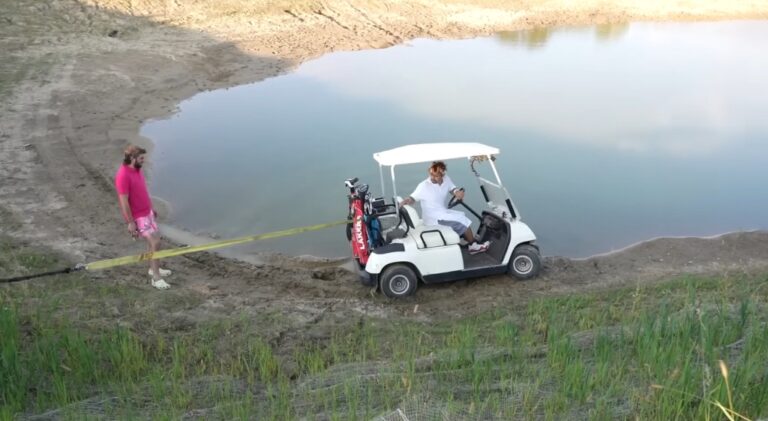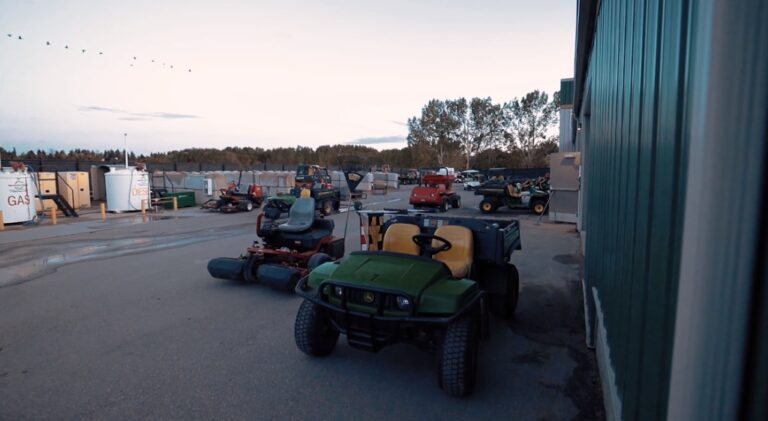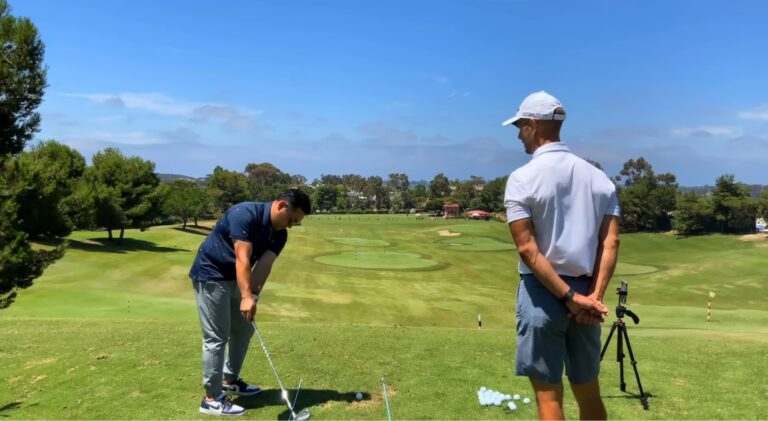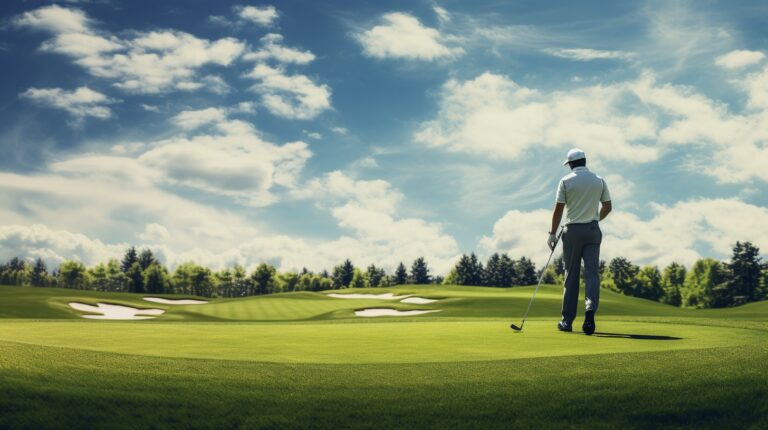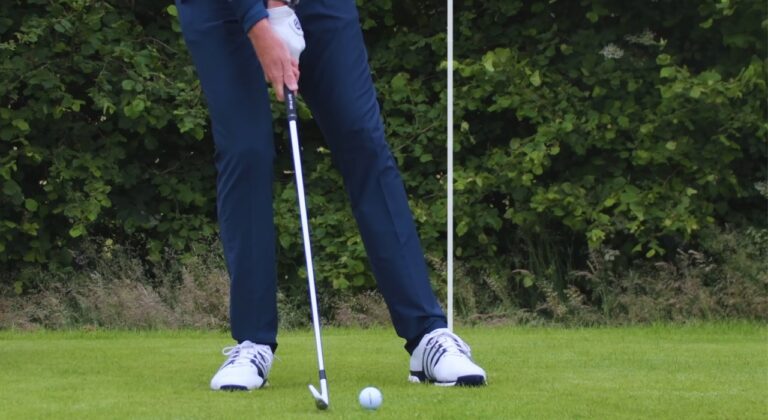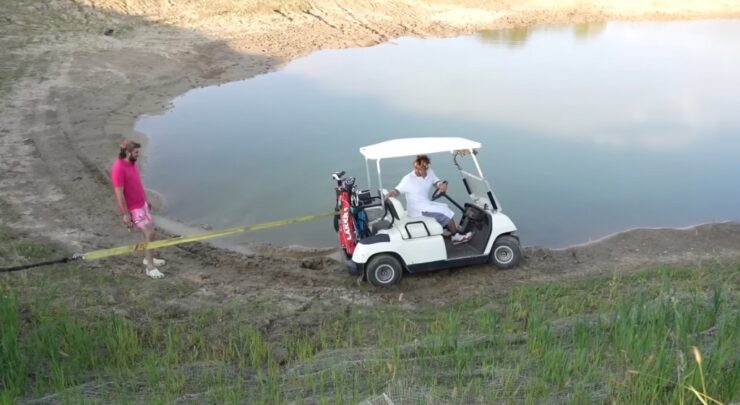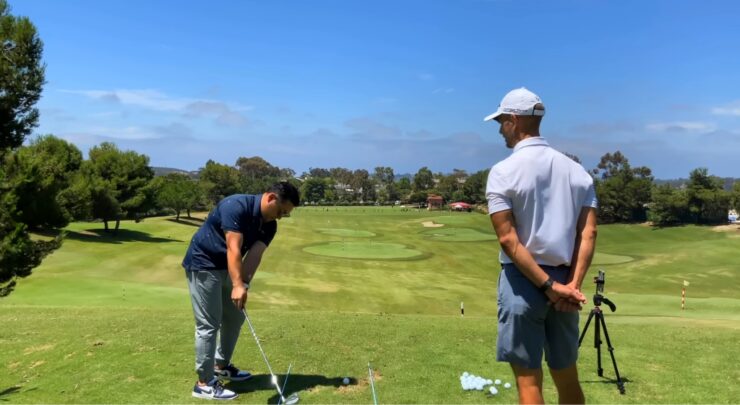I want to talk about something really interesting today. We’re going to explore a subject that’s been on my mind for a while now: the optimal max height for hitting your driver. You might be wondering, “Is that really a thing?” Trust me, it is, and it’s more important than you might think.
I’ve spent many hours on the range and even consulted with experts to bring you this comprehensive guide. I’ll be sharing everything I’ve learned, from the science behind achieving the perfect height on your drives to the techniques that have worked wonders for me.
Whether you’re a newbie or a seasoned golfer, I promise you’ll walk away with some valuable insights that can elevate your game.
So, let’s get started, shall we?
Why Does it Matter?
You’ve probably heard the saying, “Drive for show, putt for dough.” While putting is undoubtedly crucial, let’s not underestimate the power of a good drive. A well-executed drive sets the tone for the rest of the hole, and achieving the optimal result is a key component of that.
The height of your drive affects both distance and control. A higher trajectory can help you clear obstacles and land softly on the fairway, while a lower one may result in more roll but less control. Striking the right balance is essential for improving your overall game.
The Science Behind It
Understanding the physics of golf can give you a significant edge. When you hit the ball, several forces come into play, including lift, drag, and gravity. The angle of your clubface and the speed of your swing determine the ball’s initial trajectory and, consequently, its maximum height.
Of course, this is not a one-size-fits-all number; it varies depending on various factors like wind conditions, the layout of the course, and even the type of ball you’re using. A general guideline is to aim for a result between 90 to 110 feet when using a driver.
The Relationship Between Driver and Max Height
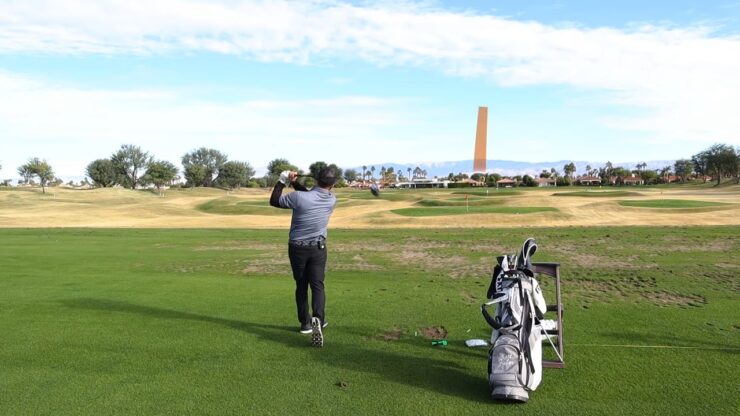
The driver, often referred to as the “1-wood”, is the longest club in a golfer’s bag and is specifically designed to achieve the greatest distance off the tee. One of the key factors influencing this distance is the trajectory or height the ball reaches during its flight.
The design of the driver, including its loft, shaft flexibility, and center of gravity, plays a pivotal role in determining this trajectory. A higher lofted driver, for instance, will typically launch the ball at a steeper angle, allowing it to reach a higher peak.
Conversely, a driver with a lower loft will produce a flatter trajectory, which might not achieve the same maximum height but could result in more roll once the ball lands. But it is important to know it’s not just the equipment that determines the ball’s maximum level.
What Factors Influence It?
Before we dive into techniques, let’s talk about the tools of the trade. The type of driver you use can significantly impact the height of your drives. Drivers come in various lofts, shaft materials, and lengths, all of which contribute to the ball’s trajectory.
- Loft: A higher loft will generally produce a higher trajectory.
- Shaft Material: Graphite shafts are lighter and can help generate more speed, leading to a better result.
- Length: A longer shaft allows for a wider arc, which can also contribute to a higher trajectory.
Swing Mechanics
Your swing mechanics are just as crucial as your equipment. Two key elements to focus on are your swing speed and the angle of attack.
- Swing Speed: A faster swing will generate more lift, but it’s essential to maintain control to prevent slicing or hooking the ball.
- Angle of Attack: Striking the ball on the upswing can help achieve a higher trajectory. This requires precise timing and a well-executed swing path.
Techniques for Achieving Desired Results
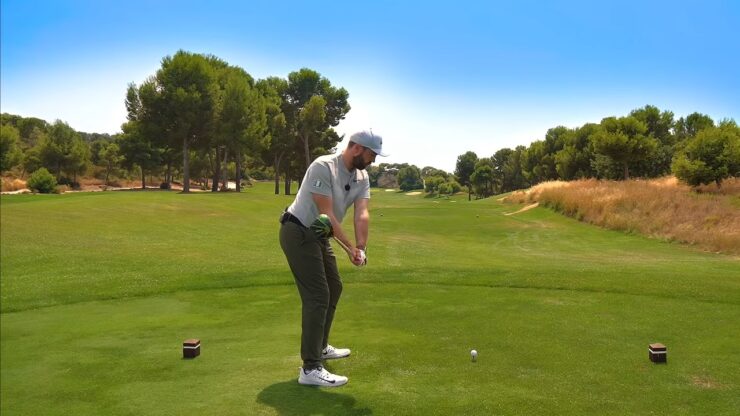
The way you set up before taking your swing can make or break your drive. Proper alignment and positioning are crucial for achieving the desired results. Make sure your feet are shoulder-width apart to give yourself a stable base.
Tilt your spine away from the target, which will help you hit the ball on the upswing, contributing to a higher trajectory.
When setting up, also consider the ball’s position in your stance. Placing the ball forward, closer to your lead foot, can help you strike it during the upswing, which is ideal for maximizing height. For those looking to take their game to the next level, here are some advanced techniques:
- Tee Height: Using a higher tee can encourage a higher angle of attack, leading to a higher trajectory.
- Weight Transfer: Focus on shifting your weight from the back foot to the front foot during the swing. This shift generates more power, contributing to both distance and height.
Common Mistakes and How to Avoid Them
Now, I would like to discuss several mistakes that can occur while you practice your drive
Overcompensating with Swing Speed
It’s a common misconception that swinging harder will automatically result in a higher and longer drive. While swing speed is a factor, overcompensating can lead to a loss of control, causing the ball to slice or hook. Instead of trying to “muscle” the ball into the air, focus on a smooth, controlled swing.
Consistency is key. A well-executed swing with moderate speed often yields better results than a fast, erratic one.
Ignoring Wind Conditions
Another common mistake is ignoring the wind conditions. Wind can significantly affect the ball’s trajectory and, consequently, its max height. A headwind will make the ball climb higher but cover less distance, while a tailwind will do the opposite.
Before taking your shot, assess the wind direction and speed. You might need to adjust your aim, swing speed, or even club selection to account for these external factors.
Drills to Improve Max Height
One effective drill to improve your max height is the Ladder Drill. This exercise helps you gain better control over your trajectory by hitting balls at varying heights on command.
- Start by hitting a low-trajectory shot.
- Gradually increase the height with each subsequent shot.
- Aim to hit the ball at three different predetermined heights.
This drill not only improves your control over the ball’s max height but also enhances your overall adaptability on the course. Another useful drill is the High-Tee Drill. For this exercise, you’ll need tees of different heights.
- Start with the highest tee and focus on hitting the ball on the upswing.
- Gradually move to lower tees while maintaining the same swing mechanics.
This drill trains you to achieve a higher trajectory even when the ball is teed lower, giving you more flexibility in different playing conditions.
Monitoring Your Progress
Improvement comes with consistent practice and monitoring. Use tools like launch monitors or even mobile apps designed to track your swing metrics. These tools can provide valuable data like launch angle, swing speed, and estimated max height.
By keeping track of these metrics, you can identify areas for improvement and measure how changes in your technique or equipment affect your performance.
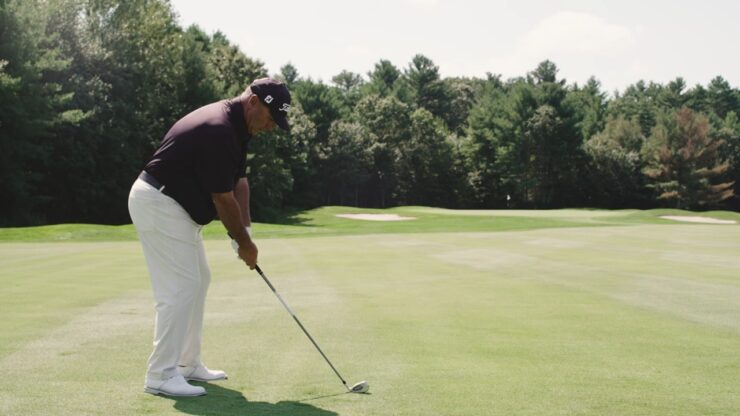
The Importance of Feedback
Don’t underestimate the value of external feedback. Whether it’s from a coach, a more experienced friend, or even video analysis, external input can provide insights that you might not notice yourself. Record your swings to analyze your technique and body posture.
Consider investing in professional coaching sessions, even if it’s just a few, to get expert advice tailored to your specific needs.
FAQs
Can I achieve optimal max height with any ball?
Different golf balls have varying constructions and characteristics. Some are designed for distance, while others offer better control. It’s essential to choose a ball that complements your playing style and helps you achieve your desired max height.
How does tee influence max height?
The height at which you tee the ball can significantly affect your angle of attack and, consequently, the max height. A higher tee encourages a more upward strike, which can result in a higher trajectory.
Can I use a launch monitor to measure max height?
Yes, launch monitors are excellent tools for measuring various metrics, including max height. They can provide real-time data that can help you adjust your swing or setup to achieve your desired max height.
Can I consult a professional for personalized advice?
Professional coaching can provide tailored advice based on your specific needs and playing style. Even a few sessions can offer valuable insights into achieving your optimal max height.
Is there an ideal swing path for achieving optimal max height?
A slightly inside-to-outside swing path is generally considered ideal for achieving both distance and optimal max height. This swing path allows you to strike the ball on the upswing, contributing to a higher trajectory.
The Bottom Line
I’ve poured all my research and personal experience into helping you understand how to achieve the optimal max height on your drives. It’s been a blend of science, technique, and a whole lot of practice. I’ve seen significant improvements in my own game by focusing on this aspect, and I’m confident you will too.
There’s always something new to learn, some skill to improve, and that’s what makes it so captivating. I hope this insight has been as enlightening for you as the research was for me. Keep practicing, keep learning, and most importantly, keep enjoying the game.





